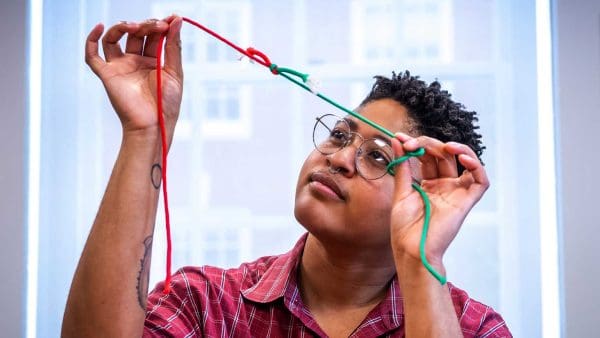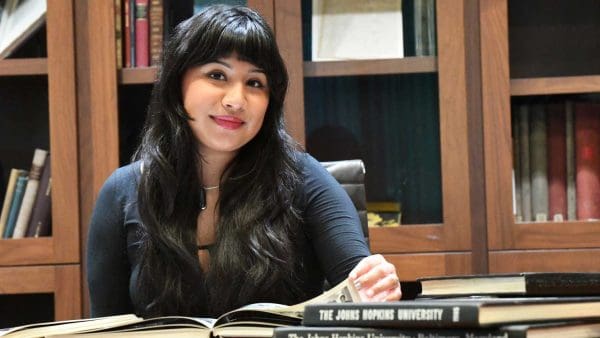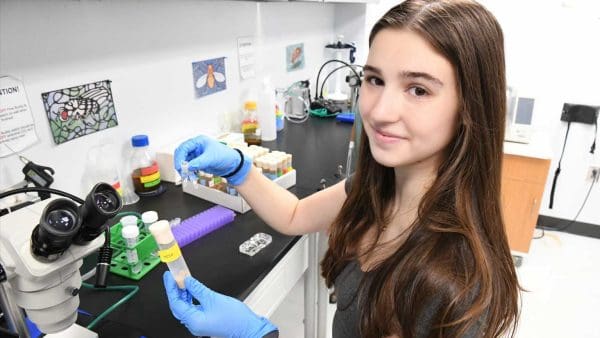
The stock market can seem a fickle and enigmatic arena operating under its own rules and growing increasingly volatile and unpredictable with each passing year. This is an age where a single presidential tweet can roil Wall Street and stocks have hit record highs amid a pandemic that has left millions of Americans out of work. Just recently, a plucky group of amateur investors grabbed headlines after rallying together online to explode the stock value of moribund video game retailer GameStop—giving financial black eyes to some established hedge funds.
The field of quantitative finance emerged in the 1970s as a form of applied mathematics focused on creating models to provide a level of market predictability. Junior Johnny Saldana, double majoring in economics and computer science, is using a Woodrow Wilson Fellowship to continue that work. “I am interested in finding and analyzing financial trends using large datasets and computational tools,” he says.
When things go haywire in the market and analysts are caught flat-footed, Saldana feels it’s because the risk models being used don’t account for “black swan events” and other anomalies. “You can’t really model risk in financial markets with the normal tools that most people would use when looking at data because these markets just don’t respond the same way,” he says. “One area of my research I explored was trying to use fractals to better model stock movements.”
When the fractal approach proved less than fruitful, he turned his focus to commodity markets. Saldana realized that crude oil was not a good place to start: It had too many variables pushing and pulling its price. Instead, he began following news about lithium, which is mined in limited geographic areas and encompasses a much smaller universe of stocks.
“Every couple weeks, there might be news of a lithium deposit discovered in some rural area,” he says. “I can track those events and look at how they impacted share prices across multiple lithium companies. If I can achieve some reasonable level of analysis for this very small market, I can bring the tools and research up to a more complicated scale.”
The quest goes on, and he’s not alone. In 2018 he helped found the Quantitative Finance Club at Johns Hopkins. “When exploring new ideas, it helps to have a community of people with the same interest,” Saldana says. “A lot of the research ideas I’ve pursued have come from talking with members.”




